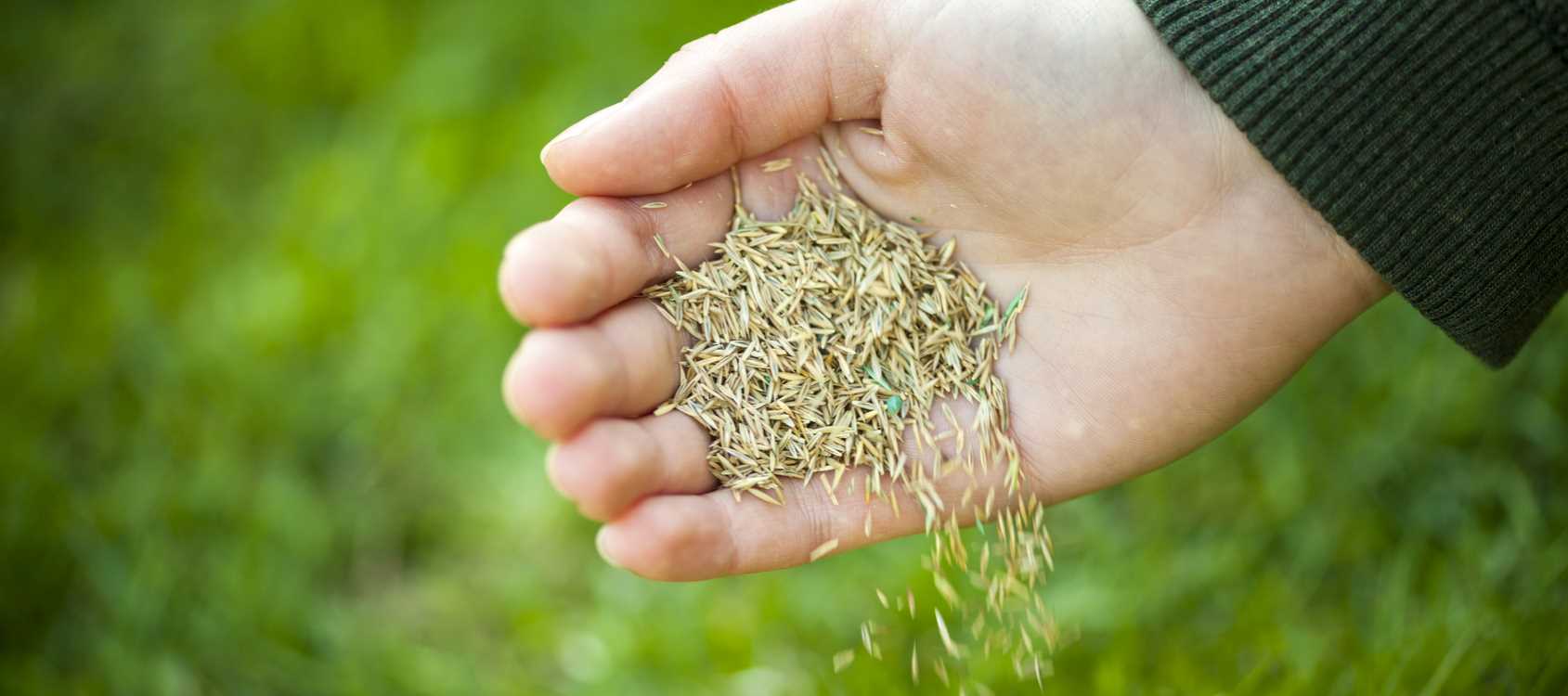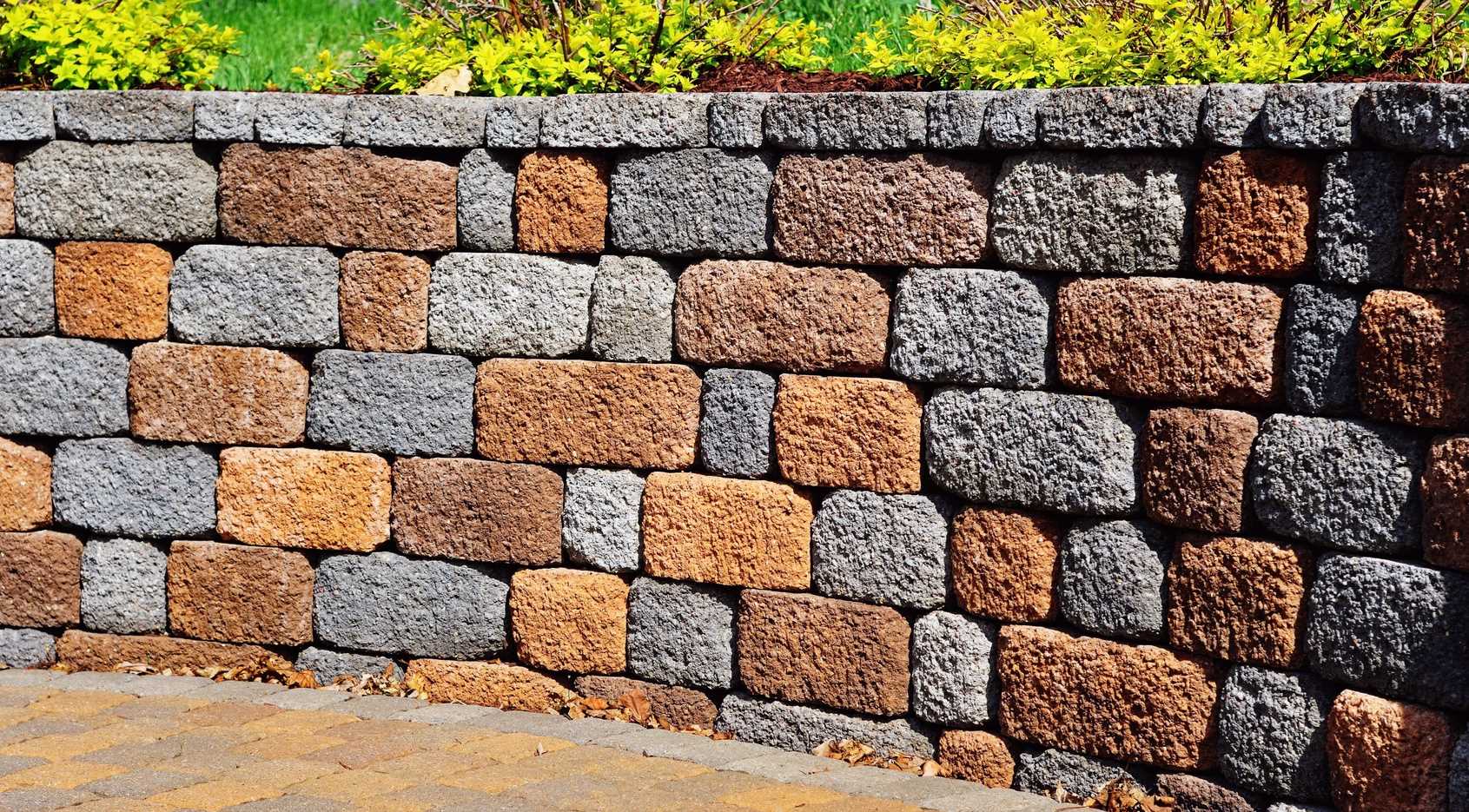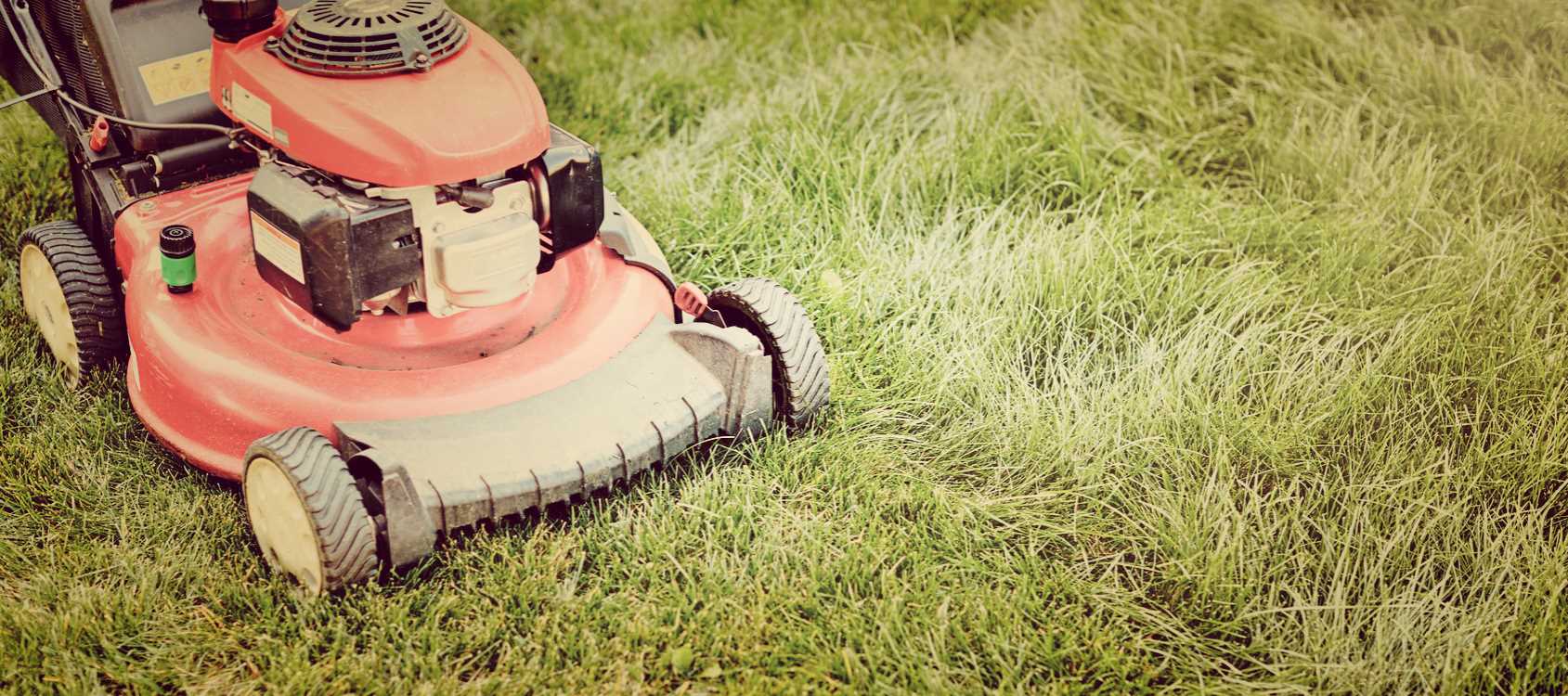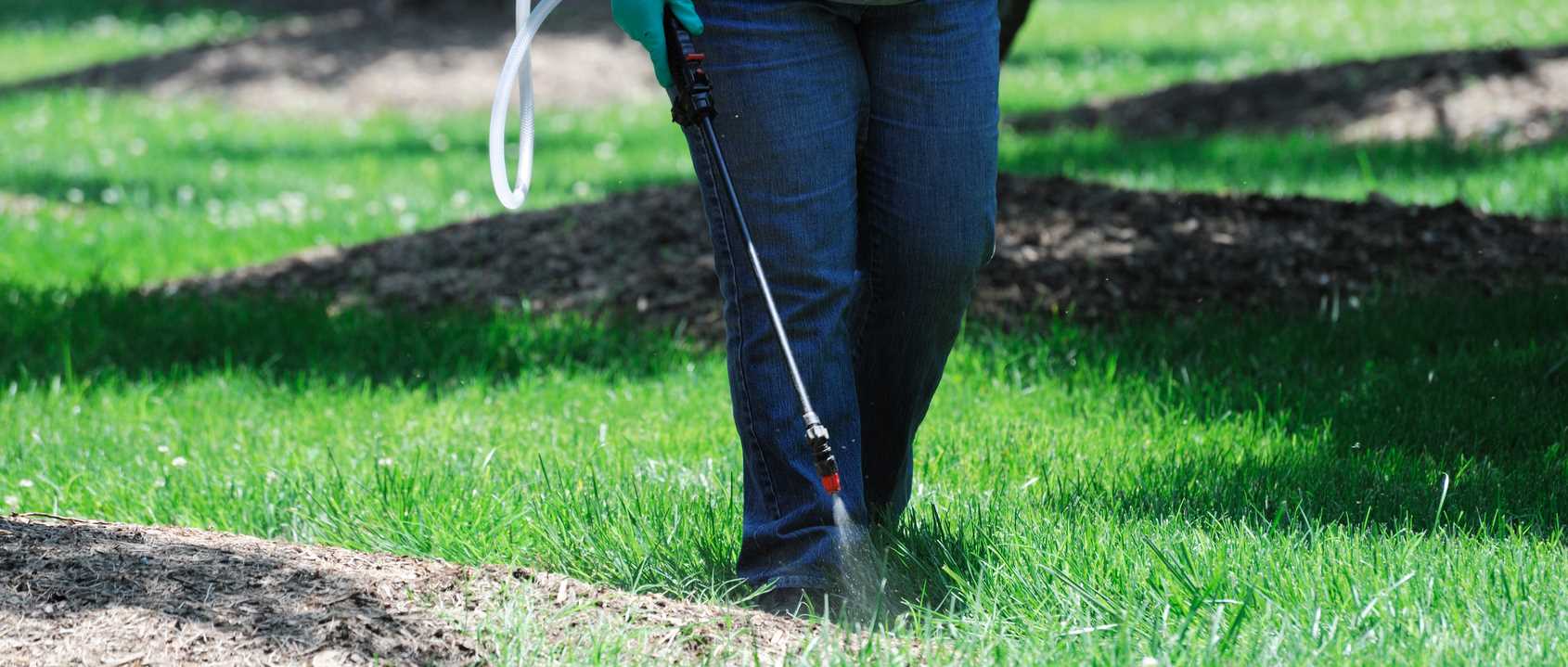Adding a tree into your Landscape
Click Here To Download Adding a tree into your Landscape
3 Considerations When Adding a Tree to Your Landscape
1.)How Trees Are Measured and Sold
Trees are typically measured for sale using 3 different methods: “Pot/Container size” (in gallons), “Height” (in feet; or in inches for small trees), and “Caliber” (in inches). Caliber is the diameter of the tree trunk, measured at about 6 inches off the ground. Sometimes trees are also measured using the Diameter at Breast Height (also known as “DBH”), but typically DBH is used for tree analysis purposes.
Trees are often sold in ball and burlap form or “B&B”. B&B trees can be measured using height or caliper. Trees are also sold in containers or pots which can be “container-grown” or “containerized.” Usually trees in containers are measured by the number of gallons their potholds. However, it is also perfectly normal for tree farms or nurseries to measure their trees in containers using caliper or height.
The industry standard for most trees would be 6 feet tall, 1-1.5” caliber, or a 15-gallon container. Rarely is anything easy to compare when dealing with plants. Actual sizes, heights, and caliberscan significantly vary based on species, grower, supply/demand, recent weather events, and many more factors.
2.)The Best Time to Plant Trees in Missouri
The best time to plant trees in Missouri is usually October through March. That said, most trees in our area can be planted all year long. Summer planting can create more difficulty establishing the roots of the tree, but proper watering is all it takes to keep trees alive.
3.)Placement & Space Requirements
Some trees grow different heights and widths based on the region in which they are located. It is important to know the mature size of your trees. Certain trees should not be planted nearoverhead power lines, concrete driveways/sidewalks, or the house’s foundation. On the other hand, some trees are small enough to grow under power lines, near concrete, and next to a house.
Locating trees in a spot with adequate space relative to their growth habit is essential to long-term health and wellness. Too much competition can prevent a tree from acquiring appropriate amounts of nutrients, water, and oxygen due to restricted areas for root growth and nutrientuptake. This lack of space leads to extra stress on the plant. Plant stressors can facilitate insect infestation and disease development. Adequate space and airflow make a significant difference in the quality of life for a tree.
Putting plants too close together also limits airflow. The lack of air movement prevents foliage and roots from drying out, which increases the plants susceptibility to fungal diseases













Leave a Reply
You must be logged in to post a comment.